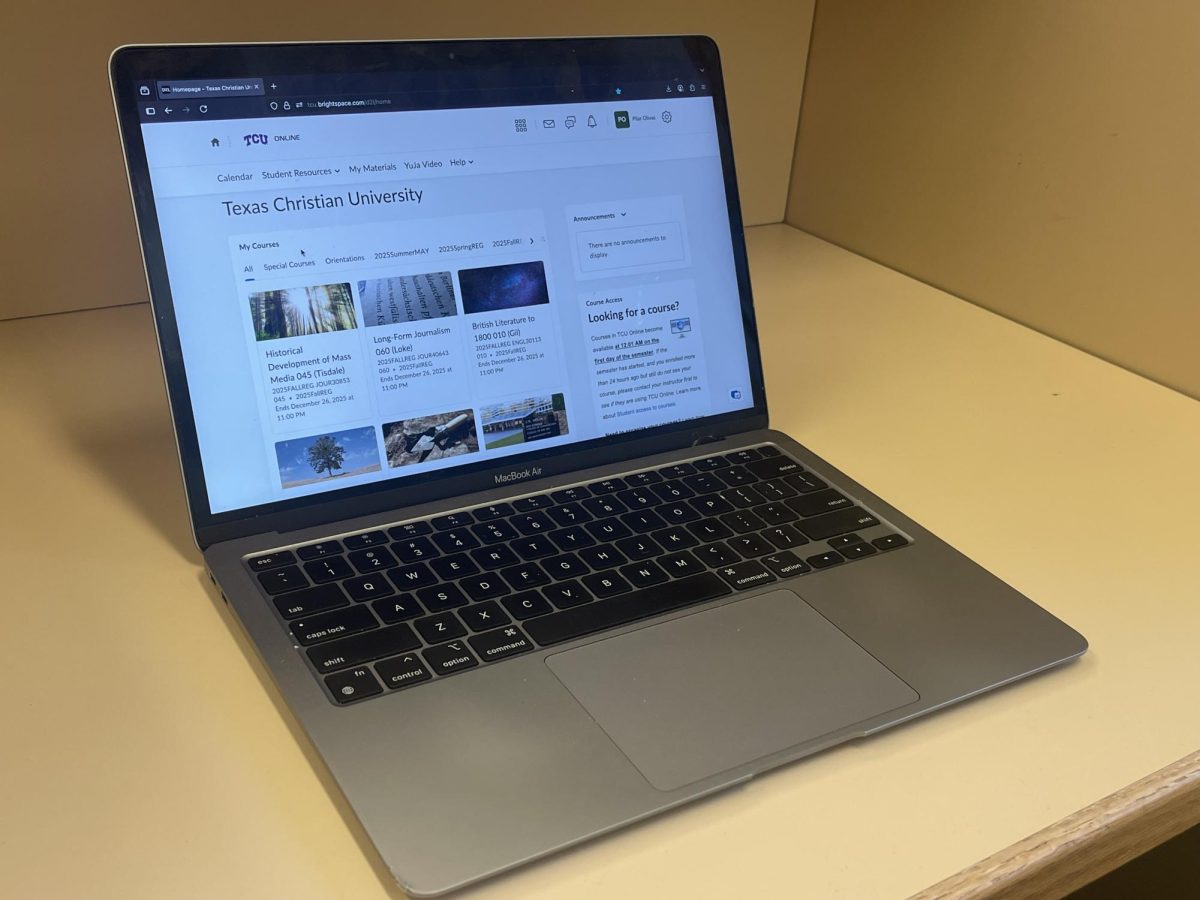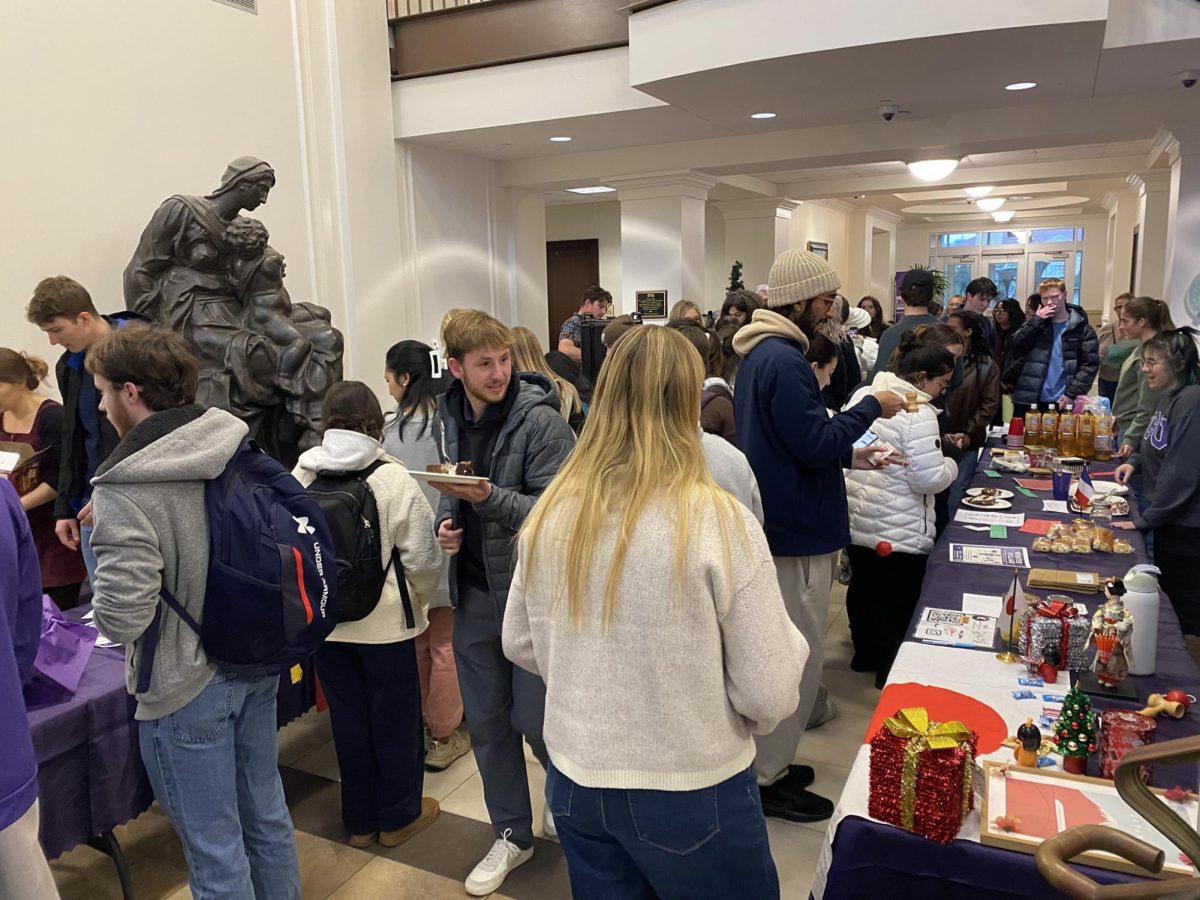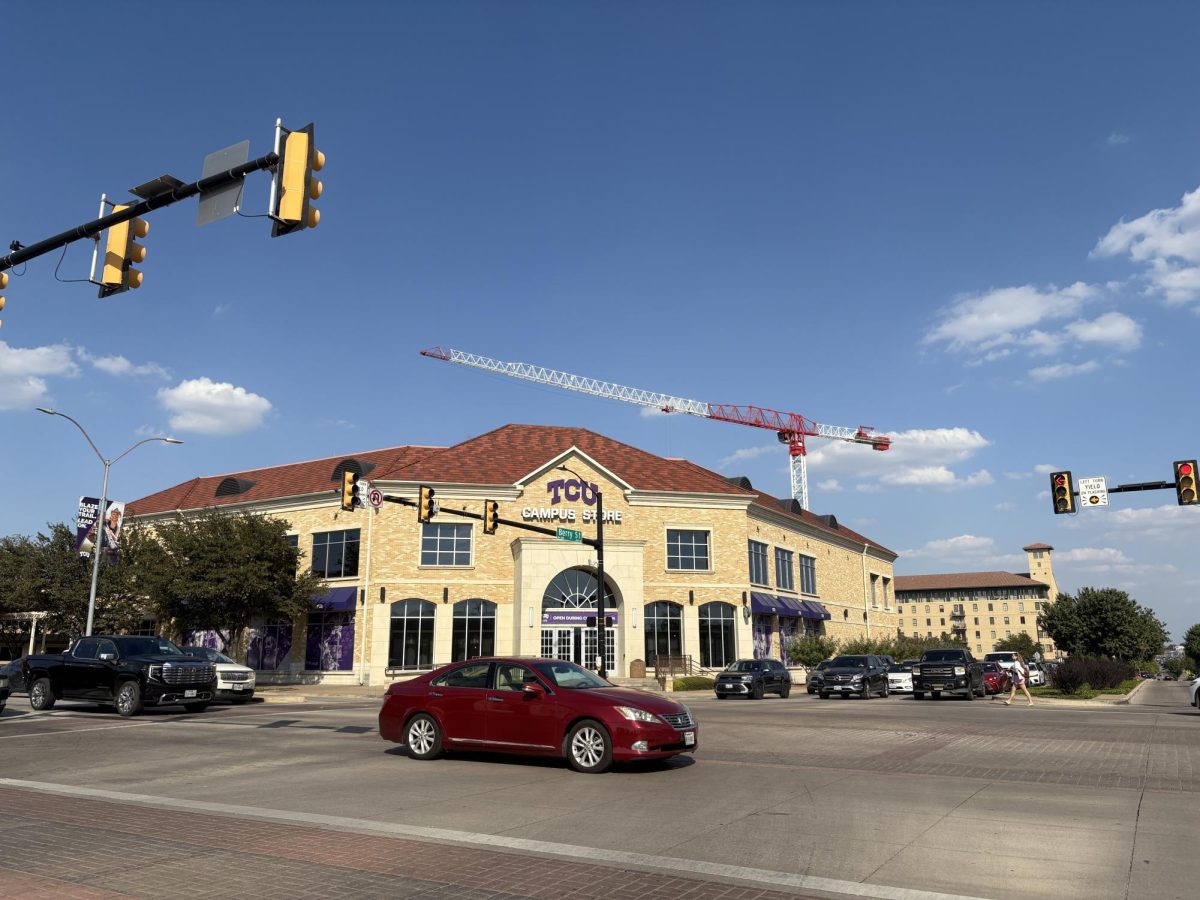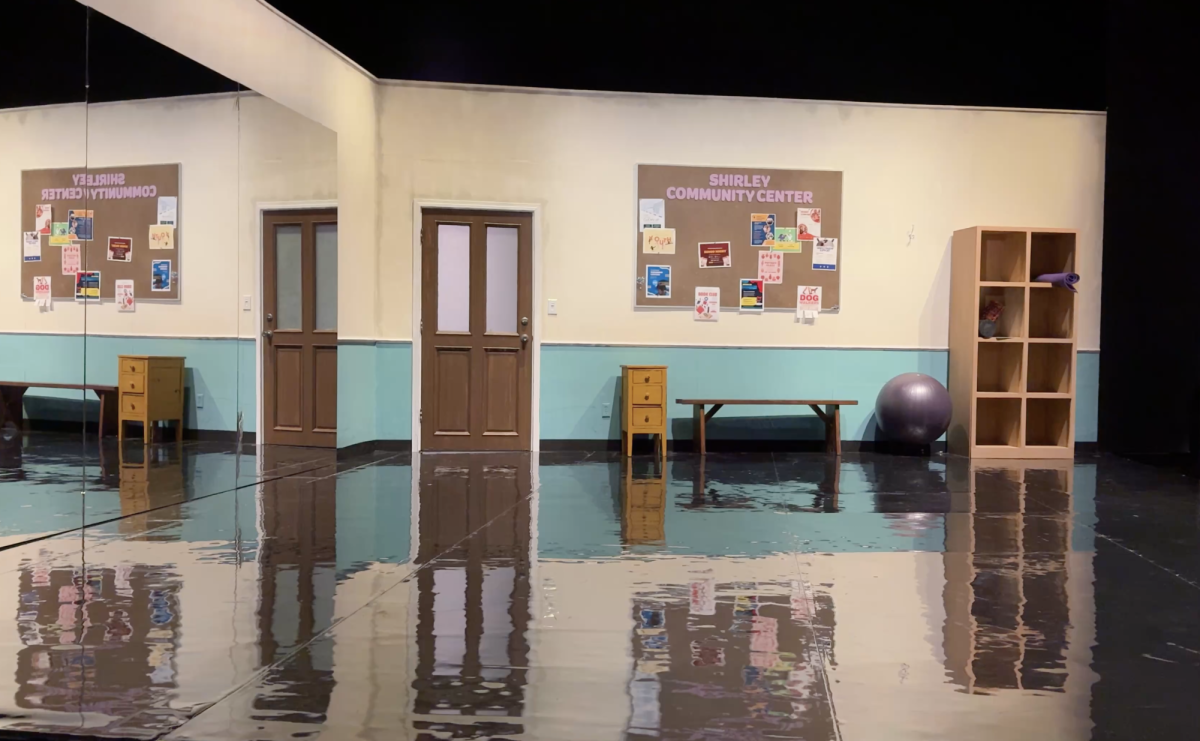TCU is gearing up for yet another major change as its contract with D2L Brightspace is up for renewal. With the opportunity to evaluate and explore their options, TCU is taking steps to ensure the best online experience for students and faculty.
TCU has been using D2L as the school’s learning management system (LMS) for almost a decade. However, many of TCU’s classes did not fully utilize online classrooms until 2020. When the COVID-19 pandemic forced classes to move online, the transition was a major adjustment, Francyne Huckaby, associate provost of faculty affairs and executive director of the The Koehler Center for Instruction, Innovation and Engagement, said.
“It was extra work for everybody,” Huckaby said. “A lot of planning by some people, and then sort of making sure that we had structures that could get it to the colleges, that could get it to the departments, that could get it to the faculty.”
Reading the Room
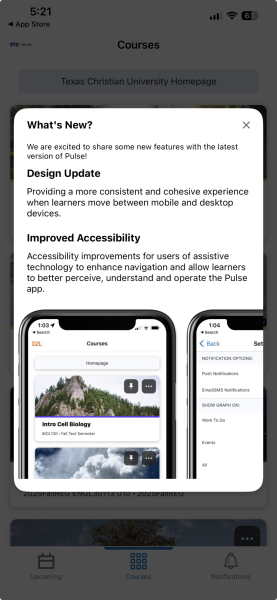
The Koehler Center has developed a thorough set of plans, tests and surveys to decide what the next steps are. In late Sept., TCU hosted demonstrations by representatives of the two main contenders, Canvas and D2L. In addition to presentations from the companies, students and faculty who attended could ask questions and give feedback.
Amid all the discussions of new and old features, attendees voiced concerns regarding their experience with LMS platforms.
For some, customizability is an important factor that allows them to manage displays, searches and notifications to suit their needs. One attendee said, “Students would really appreciate a one-stop shop for viewing grades both on the browser and the app.”
After an hour of questionnaires and feature advertisements, attendees were invited to reach out with more questions. Students and faculty were also asked to fill out feedback surveys on each demonstration they attended. The meetings and the surveys both help the Koehler Center gauge what the TCU community wants from their LMS.
Canvas vs. D2L
As the university takes its time to consider all of its options, the question remains: what makes these systems different?
When considering options for a new LMS contract, Koehler Center considered several aspects, including familiarity, platform growth and user experience.
The evaluation process is a core part of updating our LMS system. “Because we’re up for contract renewal, it’s a good thing to do to evaluate our current vendor against another one,” Melissa Clayton, assistant director of learning tech and online ed for the Koehler Center, said.
Canvas and D2L are both generally well-known and user-friendly platforms, but they each have unique features.
Representatives from Canvas emphasized the platform’s seamless experience between devices and versions. This includes constant syncing between the browser and app versions, auto-updating to-do lists and easy file submission. They also allow users to submit unlimited file sizes and a wide variety of file formats.
The representatives also said that Canvas prioritizes user experience through features that take the nature of the assignment into account. This includes a tab for group work, their own video meeting platform and an AI translator that includes over 100 languages. They also offer an add-on called Studio, which allows users to create and post videos with interactive questions and comments.
While many students and faculty at TCU may be familiar with D2L, a new contract with them will include a different package that contains new and updated features. This version contains an updated interface that can incorporate TCU branding. It will also add features currently unavailable at TCU, such as a taskbar listing due assignments on the home page. D2L has taken consumer feedback into account and prioritized a “one-click experience” to reduce the amount of time spent sifting through different class pages and folders,” Danielle Burt, the senior solution engineer for D2L, said.
Their biggest change to come with the updated version is their new AI assistant, the Lumi Tutor Experience. Among other features, the Lumi Tutor can generate study questions and search through course materials to help students study.
Moving forward
Although the live demonstrations took place in late September, the work has only just begun for the Koehler Center.
Now that students and faculty have had a chance to submit their feedback, the Koehler Center is working to assess data, communicate with the provost’s office and analyze the pros and cons of each company. The entire process, from research and surveys to sandbox tests to staff training to full implementation, may take one to two semesters or more.
“We’re trying to make the best decision for everyone for the future and we’re here to help either direction we go,” Clayton said.

